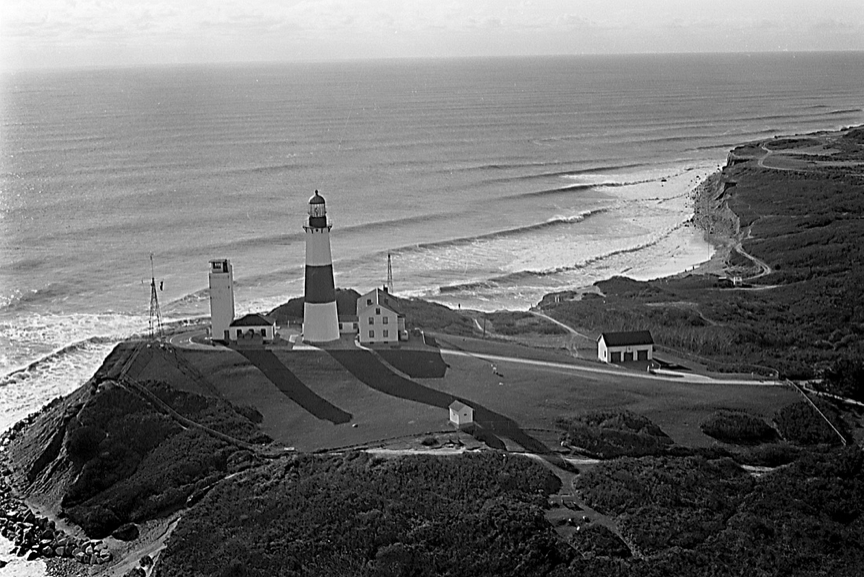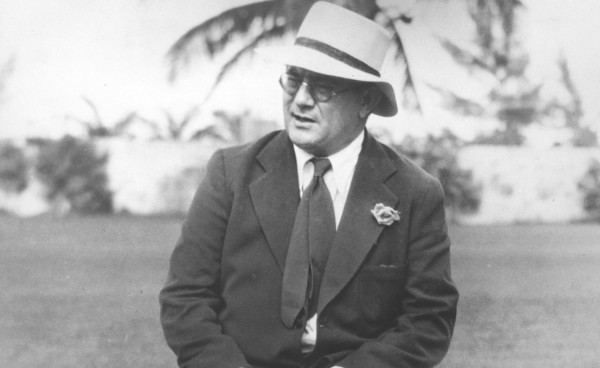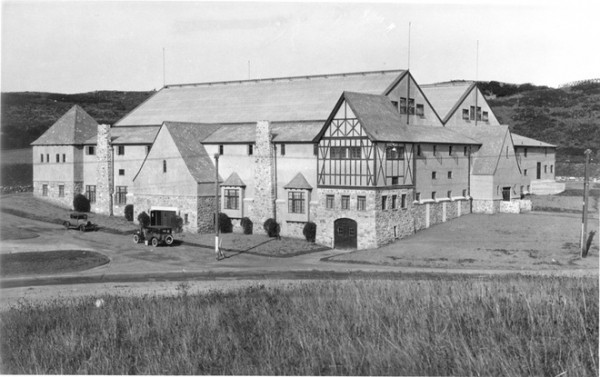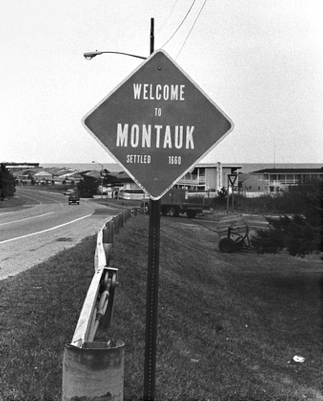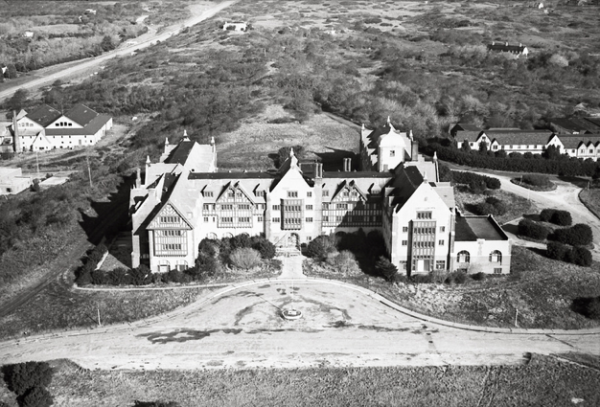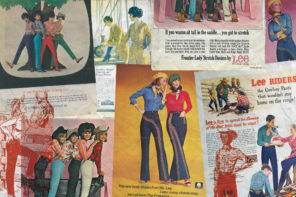We’re talking way way back; before Surf Lodge, before Sloppy Tuna, before Whalebone, before any of us were actually born. If we’re getting technical, the Montaukett Indians were the true founders, but one man in particular, Carl Fisher, had big dreams for this little fishing village in the early 1900s.
Before Carl Fisher staked out Montauk as the “Miami Beach of the north,” there was barely anything here. There was just a small inn and a few private homes. Fisher’s goal was to establish our quaint fishing village into a summer playground for the wealthy westerners.
Carl purchased all 10,000 acres of Montauk in 1925 for a cool $2,500,000. Don’t we all wish we were alive back then? $2,500,000 won’t even get you a shack on the beach today. Within weeks of his purchase, Carl Fisher sent a team of 800 workers out east to begin construction on this modern vacation village.
If you’re wondering who this mysterious 1920’s man is and what he built just take a look around next time you’re driving around Montauk. That 7-story building in the middle of town? Carl Fisher. The Montauk Manor, Montauk Yacht Club, Sole East, originally called the Montauk Inn, all were built by Fisher. Next time you’re sitting on the deck of Inlet enjoying a cocktail at sunset, look out to those jetties. Carl Fisher took dynamite and blew apart the sandbar that separated Lake Montauk and the Long Island Sound and created Montauk Harbor. In addition, most of Montauk plaza and numerous private homes all over town were built by this architectural tycoon.
We owe most of what we see today in Montauk to Carl Fisher, who eventually lost all of his $100 million fortune and retired to a small shack in Miami. His life reminds so much of the story of Jay Gatsby. Carl lived a lavish, eccentric life, through the height of the roaring twenties hosting wild parties at the Surf Club and polo events out at the Ranch. Just like the F. Scott Fitzgerald novel, Carl’s life ended in tragedy dying at the age of 65 from failing health and drinking heavily due to the emotional distress of his misfortune.
For more amazing Montauk history please visit the Montauk Library Archives or this article on Curbed Hampton. The photos used can be found online at the East Hampton Star.

